Medical Fitness, Nutrition
ARE THE FOODS YOU’RE EATING CAUSING YOU PAIN?
In a recent study, it was shown that rodents fed the typical SAD (Standard American Diet) were found to have an increase in fat mass, a decrease in lean mass, and significant increases in pro-inflammatory cytokines (which play a role in initiating the inflammatory response and may trigger pain), high serum leptin (a satiety hormone released from adipose tissue) and an increase in circulating neutrophils and monocytes (types of white blood cells that are part of your body’s natural defense system). This systemic inflammation resulted in an increase in pain sensitivity. In the rodents fed the SAD diet, longer exposure to this diet led to an increase in sensory nerve pain which was affected by factors such as temperature, pressure, and stretching in the surrounding tissues. Prolonged feeding of the SAD diet also correlated with increased chronic inflammation and persistent pain. Essentially, the poor-quality diet (SAD) led to the activation of the immune system which then released pro-inflammatory cytokines that caused pain.
Can the type of food that you eat affect your sensitivity to pain?
Just being overweight can cause chronic inflammation and pain. A systemic review of over 10,000 citations found a positive association between increased body fat and both widespread and single-site joint pain, especially in the lower back, knees, and feet. And an investigation published by the American Society for Pain Management Nursing found that overweight adults were between 14% and 71% more likely to report chronic pain than normal-weight adults. However, the diet which may have led to an increase in weight, can itself cause the chronic elevation of inflammatory cytokines which can result in prolonged hypersensitivity to pain, even independent of weight gain.
What Foods Contribute to Chronic Pain?
The typical SAD diet contains a high percentage of refined carbohydrates and unhealthy fats and can cause chronic inflammation even in the absence of obesity. So even for those who are maintaining a normal weight, it is important that they consider the quality of their diet and how it can affect inflammation and pain. So, what types of foods should you avoid to reduce the systemic inflammation that can lead to pain? Avoid highly processed grain products and sugary foods, reduce dairy intake, stay away from processed oils and trans fats, and look for products that do not contain additives, artificial flavours, sweeteners, or colours. Eat organic and avoid GMO (genetically modified) foods when possible.
| Foods that may cause Inflammation include: | ||||
|
Unhealthy Meats and Dairy |
Unhealthy Oils |
Refined Carbohydrates |
Artificial Sweeteners |
Juices and Drinks |
|
Factory-farmed meats |
GMO corn oil |
Bleached white flour |
Aspartame |
Soda pop regular and diet |
|
GMO-fed animal meats |
GMO canola oil |
Refined sugars |
Saccharin |
Sports drinks containing HFCS** |
|
CAFO* eggs, meat, and dairy |
Processed vegetable oils |
Non-organic grains |
Sucralose |
Fruit drinks and juices containing HFCS |
|
Farmed fish |
Margarine |
Manufactured bread, muffins, cookies, and pastries |
Acesulfame-K |
Energy drinks |
|
Processed lunch meats |
Trans fats |
Neotame |
Pre-mixed cocoa containing HFCS |
|
|
Chocolate milk/Ice-cream/yogurt containing HFCS |
Vegetable shortening |
Sorbitol |
Pre-sweetened teas |
|
*CAFO – Concentrated animal feeding operations
** HFCS – High fructose corn syrup
What are the Healthy Options for an Anti-Inflammatory Diet?
The healthy options are to choose whole foods when possible and avoid products with a long list of ingredients. With whole foods and foods that you prepare at home, you don’t have to worry about the additives and preservatives that can come with processed foods. Eliminating as much processed food as you can from your diet, may eliminate some of the causes of your chronic pain. Choose fresh vegetables and eat them raw, or lightly steamed. Instead of commercially prepared and packaged snacks, enjoy fresh fruits, nuts, and in moderation, organic cheeses, or plain yogurt. Try to choose clean-sourced foods when possible. GMOs and non-organic products contain more pesticides and herbicides than traditionally raised and organic products. These chemicals can be toxic to the nervous system which may result in chronic pain or pain hypersensitivity depending on exposure and can disrupt hormone pathways which may lead to weight gain and can further exacerbate pain.
Meats that come from animals that are grass-fed, pastured, and cage-free and fish that are wild-caught are healthier choices than animals that come from CAFO’s (Concentrated animal feeding operations) and fish farms as they contain no added hormones or antibiotics, and many are fed organic feed. Non-GMO vegetables and fruits raised organically typically have lower chemical residues.
Not All Fats Are “Bad”
Unfortunately, over the past 50 or so years, fat has had a bad reputation, mostly due to the concerns of cardiovascular disease. However, not all fats are bad. It’s true that eating too much omega-6 fat sources (corn oil, soybean oil, and vegetable oil) or saturated animal fats can be pro-inflammatory. Omega -3 healthy fat sources such as fatty fish, nuts, seeds, nuts, eggs, and oils such as flaxseed, avocado, olive, coconut, and walnut can have potent anti-inflammatory effects.
Eating a diet that contains an overabundance of processed carbohydrates can lead to blood glucose (sugar) dysregulation and insulin resistance (where the body has a lowered level of response to insulin). Healthy carbohydrate alternatives include fresh vegetables and fruits, nuts and seeds, legumes such as peas, beans and lentils, and whole grains like quinoa, wild rice, and oats, all of which contain lots of fibre, which is lacking in the typical SAD diet. Studies show that fiber helps reduce inflammation.
High Fructose Corn Syrup or HFCS is an artificial sugar made from corn syrup and has been linked to many serious health issues including obesity, diabetes, and heart disease. Drinks made with HFCS typically contain high amounts of sugar, be sure to check the ingredient panel. (Four grams of sugar is equal to 1 teaspoon of sugar). In fact, many fruity flavored drinks contain as much sugar as regular soda pop does, an average of 26 grams of sugar per 250 milligrams (about 8 ounces). Energy drinks can also be a high source of sugar, one 255ml can typically contain 26 grams of sugar. The AHA (American Heart Association) recommends that men consume no more than 36 grams of sugar. Women and children between 2 and 18 years of age should consume no more than 25 grams daily.
Eat the Rainbow
You may have heard the expression, “eat the rainbow!”. An anti-inflammatory diet is full of colour; fill half of your plate with vegetables and fruits, which will provide an array of healing phytonutrients.
Nature’s bounty provides an array of colour, red tomatoes, apples and radishes, yellow pineapples and summer squash, orange mangoes and carrots, green lettuces, peppers and asparagus, blue and purple berries, grapes, plums, and eggplants. White cauliflower, coconut, garlic, onions, and mushrooms. Adopting a more anti-inflammatory diet not only increases nutritional intake but can also add a bevy of delicious tastes for your pallet!
These are the Basic Guidelines for Implementing an Anti-inflammatory Diet:
- Reduce or eliminate processed, packaged, and “junk” foods and instead consume whole foods.
- Strive to buy, when budget and availability allows, organic, non-GMO, grass-fed, and wild-caught when possible.
- Reduce the number of processed carbohydrates.
- Include healthy and clean sources of protein.
- Include good fats, especially foods that contain omega-3 fatty acids.
- Fill half your plate with a variety of colourful vegetables and fruits.
“The path towards lowering inflammation and pain begins with what’s on your plate”
So turn “off” the pro-inflammatory switch and help reduce inflammation and relieve pain by including more of these foods in your diet. The path towards lowering inflammation and pain begins with what’s on your plate and the best part is that most of these ingredients may already be in your kitchen!
|
Anti-Inflammatory Foods |
||||
|
Vegetables |
Fruits/Nuts/Seeds |
Meats/Eggs/Fish |
Healthy Fats |
Herbs/Spices/Teas |
|
Kale |
Blueberries |
Salmon |
Olive oil |
Green tea |
|
Spinach |
Strawberries |
Mackerel |
Coconut oil |
Matcha tea |
|
Swiss chard |
Cherries |
Tuna |
MCT oil |
Tulsi tea |
|
Bok choy |
Oranges |
Sardines |
Ghee |
Ginger |
|
Celery |
Lemons |
Wild-caught fish |
Grass-fed butter |
Cayenne |
|
Beets |
Apples |
Oysters |
Avocado oil |
Rosemary |
|
Broccoli |
Pineapple |
Grass-fed meats |
Flaxseed oil |
Turmeric |
|
Peppers |
Watermelon |
Pastured organic eggs |
Walnut oil |
Cinnamon |
|
Onions |
Almonds |
Bone Broth |
|
Oregano |
|
Garlic |
Walnuts |
|
|
Cloves |
|
Mushrooms |
Brazil Nuts |
|
|
Nutmeg |
|
Tomatoes |
Flax Seeds |
|
|
Sage |
|
Avocados |
Chia Seeds |
|
|
Thyme |
|
Black beans |
Hemp Hearts |
|
|
Coffee (limited) |
| Fermented Vegetables | ||||
| Oats | ||||
| Millet | ||||
| Amaranth | ||||
| Brown Rice |
|
|
|
|
Wondering which vegetables and fruits may have the least number of pesticides and chemical residue? Check out the Clean 15 and Dirty Dozen for the Environmental Working Group.
Heather Creamer, (MBA, PT, CES, RHN, NNC) is a co-author and instructor of the Natural Nutrition Coach (NNC) Program with MedeXN and a Registered Holistic Nutritionist.
1 The SAD weekend: A perilous North American tradition – PubMed (nih.gov)
2 Examining Risk for Persistent Pain among Adults with Overweight Status – PubMed (nih.gov)
Pesticides – Health Effects: OSH Answers (ccohs.ca)
4 Dietary fiber and its associations with depression and inflammation – PubMed (nih.gov)
5 Diet and inflammation – PubMed (nih.gov)
6 Public health: The toxic truth about sugar – PubMed (nih.gov)
9 How much sugar is too much? | American Heart Association
10 Sugar Recommendation Healthy Kids and Teens Infographic | American Heart Association


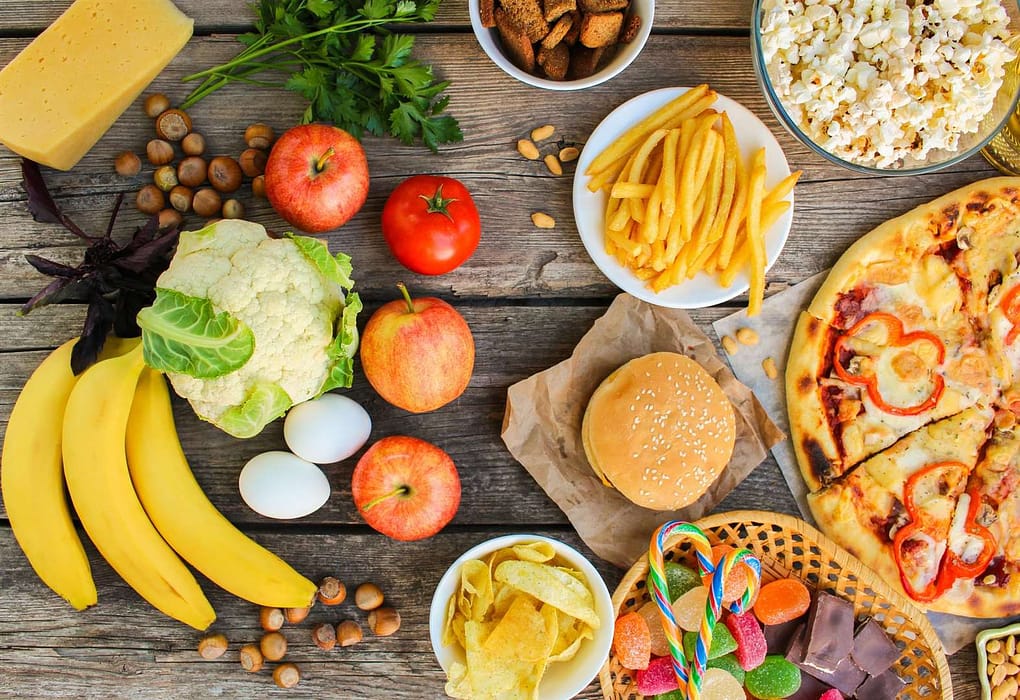
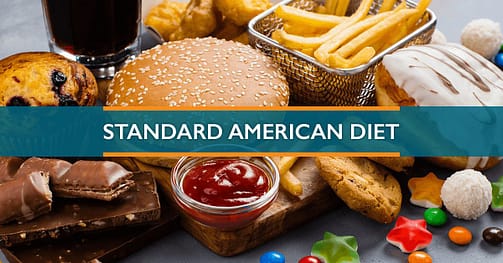
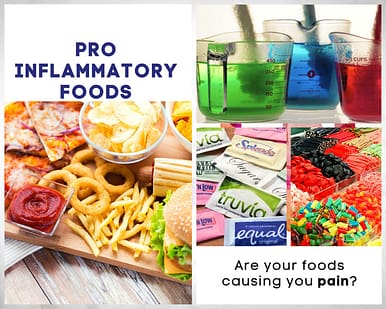
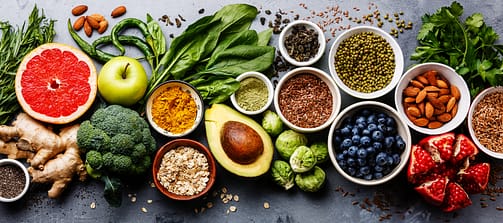

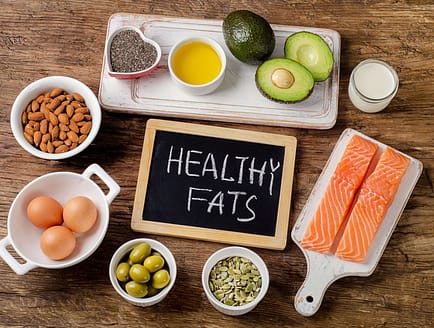
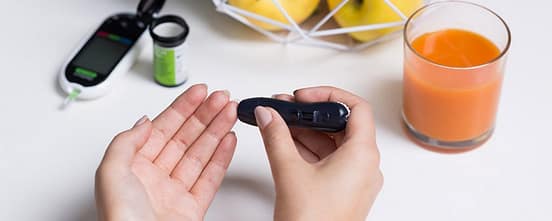
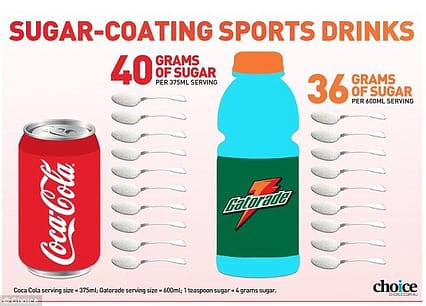


Interesting
Detailed
Informative
GREAT Read….
I make healthy choices, only it’s a fraction of the time. The times that I make unhealthy choices I associate the feeling of sadness. I feel emotional pain. Much of my decisions are shared with my partner and we don’t usually want the same. I’ll say I want Spinach salad and he’ll say he wants a large poutine. Ick! To feel happier and eat healthier I need to get stronger emotionally. I need ways to improve emotional intelligent and empowered to have my choice especially when what my partner and I want is not similar or the same